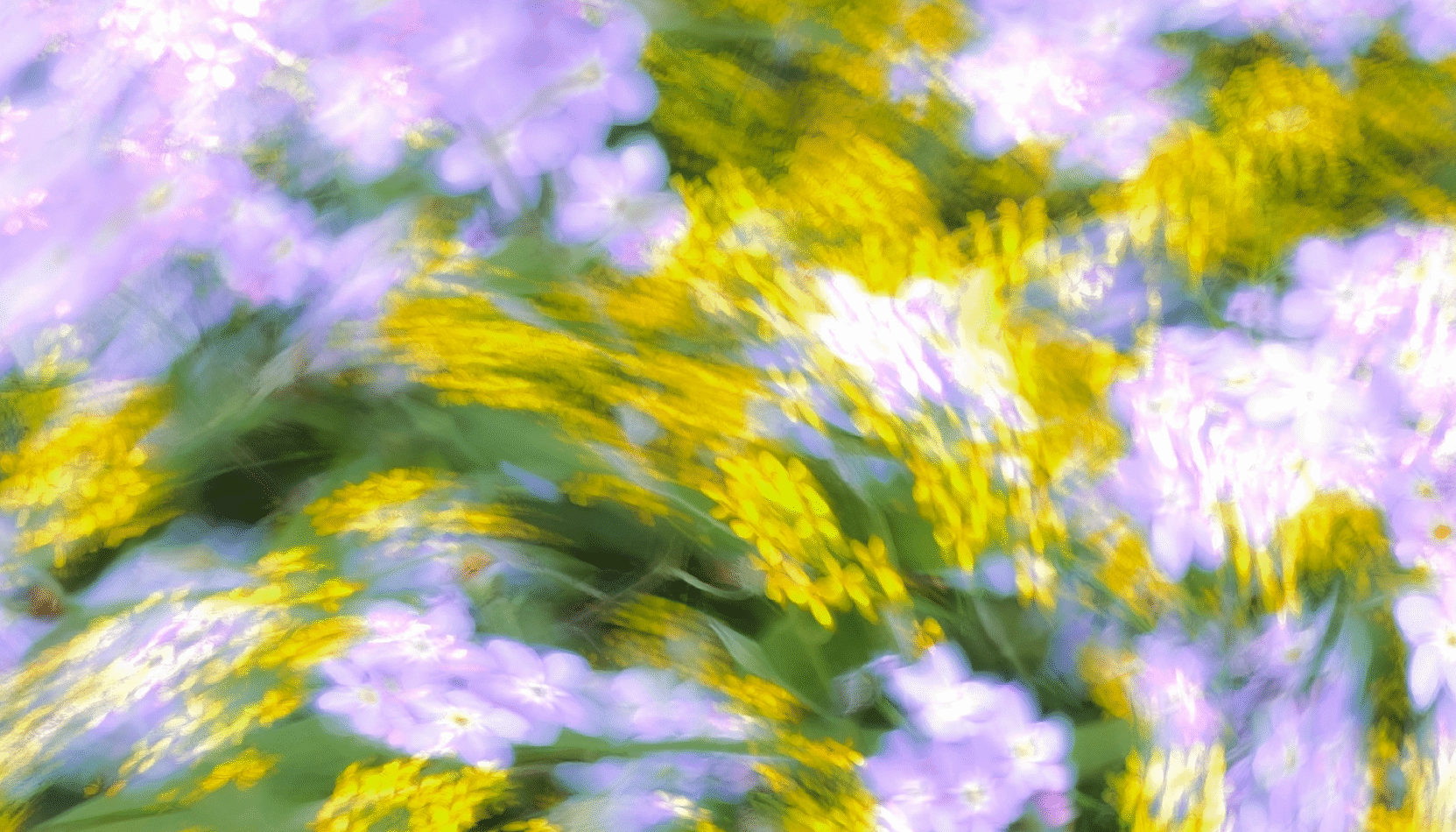ESSENTIAL CLEANING TIPS FOR HAYFEVER SEASON
A lone sneeze followed by a sniffle, bunged-up feeling and itching in your eyes, nose, ears, and throat is a sure sign that the dreaded season has arrived for hay fever sufferers. While many look forward to the summer months, they can be downright miserable due to pollen allergies.
Fortunately, there are a number of steps you can take around your home to alleviate the symptoms and create a more comfortable indoor living environment. Here are some essential tips by cleaning expert Joyce French at HomeHow.co.uk for your cleaning regime this hay fever season:
Dust and Vacuum Regularly
It is especially important to keep on top of your cleaning routine during the summer months to help keep allergies at bay. Set a strict cleaning schedule for vacuuming and dusting to prevent a build-up of dust and particles which can worsen hay fever symptoms.
Use a vacuum that has a high-efficiency air filter to trap dust and pollen rather than blowing them back out into the air. Dusting with a dry cloth can also spread allergens into the air so it is best to use a damp microfibre cloth to trap and remove dirt and allergens.
Get Rid of Clutter
Dust settles in the cracks deep in parts of your home that may normally be out of sight and out of mind. Deep cleaning these hard-to-reach areas is the perfect opportunity to clear out any clutter lying around on shelves or ledges.
One of the most effective ways to reduce the dust that collects in your home is to minimise the ornaments, boxes, books, etc., that are lying around and cluttering up surfaces. As well as the objects themselves attracting dust, cluttered shelves are harder to clean making many of us less keen to tackle them.
Use Natural Cleaning Products
Many cleaning products that are widely found on the market contain harsh chemicals that can exacerbate the symptoms of hay fever, other allergies, and respiratory conditions. Before purchasing any product, carefully read the label to check the chemicals it contains and how they could affect the air quality in your home.
Fortunately, there are a number of natural cleaning solutions that are effective at removing dust and allergens without releasing these harsh chemicals into the air. Opt for cleaning with vinegar and bicarbonate of soda or non-toxic cleaning supplies that are free from strong fragrances and irritating ingredients.
Wash Bedding Weekly
When suffering from a runny, itchy nose, dry throat, and other symptoms of hay fever, you are probably looking forward to nothing more than curling up in bed for a good night’s rest. Your sheets and duvet, however, may have other ideas, as they could be covered in pet hair, pollen, dust mites, and other allergens.
Regularly washing bedding is always an important task, but particularly so during hay fever season to keep symptoms at bay and allow for restful sleep. Wash your sheets, duvet covers, and pillowcases in a hot wash once a week – hot water is crucial for killing dust mites and eliminating allergens.
Clean from Top to Bottom
When cleaning each room of your home, ensure that you start cleaning from the top and gradually work your way down to the bottom. As you clean the higher areas, dust and dirt will fall to the floor and lower surfaces, which can then be cleaned as you work your way down.
Start by dusting the ceiling and light fittings, followed by moving the top of your shelves downwards. Windowsills and lower surfaces should be thoroughly dusted and cleaned before tackling your skirting boards and flooring.
Deep Clean Carpets and Upholstery
Soft furnishings such as carpets and upholstery can trap allergens deep within their fibres. A deep clean of these areas is recommended once a month during spring and summer to reduce trapped allergens and help alleviate hay fever symptoms.
As well as the regular cleaning of these areas you do yourself, it may be worth calling in a professional to steam clean and shampoo carpets and soft furnishings. This deep clean will tackle allergens which become lodged in the fibres and exacerbate symptoms whilst indoors.
Wash Clothes After Being Outside
Many hay fever sufferers choose to spend as little time as possible outdoors during the peaks of high pollen, but it often cannot be avoided altogether. After spending time outdoors, pollen can cling to clothes, hair, and skin.
To prevent bringing it into your home, shower and wash your hair as soon as you get inside. Wash clothes in hot water and an allergen-fighting detergent before wearing them again, and don’t leave them lying around in rooms you will be using, such as the bedroom, before each wash.
Groom Pets Regularly
In order to keep our homes free of pollen, we need to prevent it from entering in the first place as much as possible by keeping ourselves, as mentioned above, and our pets clean. Wipe down pets as they re-enter the home after being outside to remove pollen from their fur and stop it from being carried inside.
Pet dander itself is also one of the leading allergens for hay fever sufferers. Reduce the amount of pet dander in your home with regular grooming such as brushing and bathing your furry friends.
Use an Air Purifier
With their fine air filters, purifiers suck in the air from your home and release it back out free of pollen and other allergens. They can be a worthwhile investment for hay fever sufferers who need to take that extra step in pollen removal.
An air purifier with a HEPA filter can help to remove airborne allergens such as pollen, dust mites and pet dander. Run it continuously during the spring and summer months to maintain cleaner air indoors and alleviate hay fever symptoms.
Clean Blinds and Curtains
During peak pollen times such as the early morning and late evening, it is best to keep your windows closed to prevent pollen from entering your home or consider installing pollen filters in your windows to keep allergens out. It is not possible to entirely prevent pollen entering through windows, however, so curtains and blinds will need to be cleaned regularly.
Blinds are made of delicate material that can gather dust, so it is important to regularly wipe them down with a damp cloth to remove as much as possible. Vacuuming and lint rollers can also be handy solutions for removing the dust and pollen from your curtains and blinds.
Final Thoughts
Hay fever doesn’t have to be a battle that sufferers are left fighting within their homes on a daily basis during pollen season. With a few simple cleaning tricks and choosing the right products, you can reduce symptom-triggering allergens, leaving you feeling more comfortable and peaceful in your personal space.
JOYCE FRENCH: Joyce French has worked in the cleaning industry for over twenty years. Joyce specialises in domestic cleaning and works closely with HomeHow.co.uk to provide expert cleaning knowledge to homeowners, tradespeople and news outlets.













